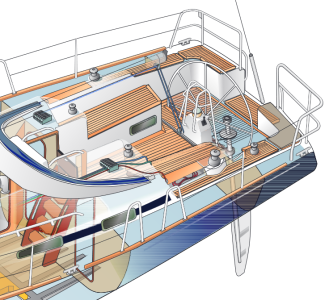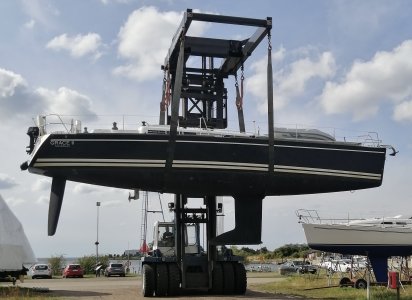yotter
Well-Known Member
I understand that is is well accepted that tube is stronger than solid. Please read my previous post re sail drives.How d
How do you work out that a tube is stronger than rod, assuming you are talking about the same diameter?
You don't hear of saildrives sinking boats. The issues with saildrives are more associated with corrosion. Rudder lose or steering lose is far more prevalent.





